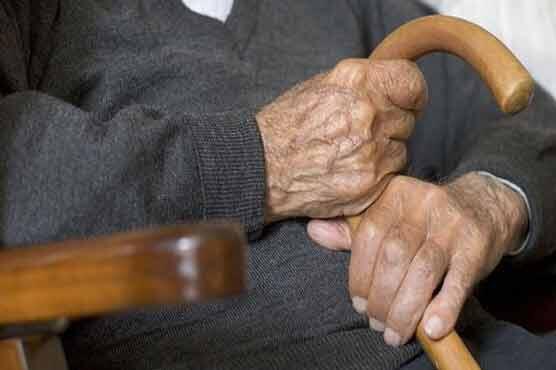 A new study links heart disease with increased odds of developing dementia.
A new study links heart disease with increased odds of developing dementia.
Researchers found that artery stiffness — a condition called atherosclerosis — is associated with the buildup of beta-amyloid plaque in the brain, a hallmark of Alzheimer’s disease.
“This is more than just another example of how heart health relates to brain health. It is a signal that the process of vascular aging may predispose the brain to increased amyloid plaque buildup,” said lead researcher Timothy Hughes, from the department of internal medicine at Wake Forest University in Winston-Salem, N.C.
Plaque builds with age and appears to worsen in those with stiffer arteries, he said. “Finding and preventing the causes of plaque buildup is going to be an essential factor in the prevention of Alzheimer’s disease and extending brain health throughout life,” Hughes added.
Alzheimer’s disease is the most common form of dementia among older adults. The progressive brain disorder seriously affects thinking, memory and the ability to carry out daily activities.
The report, published March 31 in the online edition of JAMA Neurology, looked at brain images and arterial health of patients 83 and older.
Cardiologists and neurologists are starting to warm to the idea that heart health and brain health are not independent, but interrelated, said Dr. Kevin King, an assistant professor in the department of radiology at the University of Texas Southwestern Medical Center at Dallas and author of an accompanying journal editorial.
“I find the new direction to be satisfying in that it is a more holistic approach,” King said. “The invention of these cool new tools to directly image amyloid plaque while people are alive allows us to look at these interactions that have been very difficult to tease apart.”
But still more research is needed, he said, “into how chronic vascular disease impacts the brain and leads to dementia.”
For the study, researchers used PET scans to examine plaque development in the brains of 81 dementia-free elderly adults.
They also measured the stiffness of arteries by assessing the speed that blood moves through them — a process called pulse wave velocity.
Over two years, the percentage of patients with plaque in their brain increased from 48 percent to 75 percent. Moreover, the development of plaque was associated with increased stiffness of arteries, the research team found.
Dr. Sam Gandy, director of the Center for Cognitive Health at Mount Sinai Hospital in New York City, welcomed the study.
“One of the most important problems in clinical dementia is parsing out what role brain blood vessels play in the clinical status,” Gandy said. “This is a groundbreaking paper that promises to put us on an evidence-based course toward unraveling this mystery.”
“There is increasing evidence that arterial stiffness plays not just an important role in cardiovascular disease but also in cerebrovascular disease, impaired mental function and dementia in older individuals,” he said.
More research of the relationship between high blood pressure, high cholesterol, vascular disease, arterial stiffness and the development of dementia is needed, Fonarow said.
King noted that injury to the blood vessels in the brain may dramatically alter the onset and progression of Alzheimer’s disease.
“The implication of this study is that we may be able to prevent or at least delay Alzheimer’s disease by proper control of cardiac risk factors,” King added.
Reducing heart risks means eating a healthy diet, exercising, maintaining normal weight, minimizing stress and not smoking. These behaviors can help keep blood pressure and cholesterol at safe levels, experts say.
But much still needs to be learned about the association between heart health and brain health, King said. “A lot remains unknown about what changes in arteries may be leading to chronic brain disease. We just don’t know enough about blood flow to the brain.”
Source: webmd









